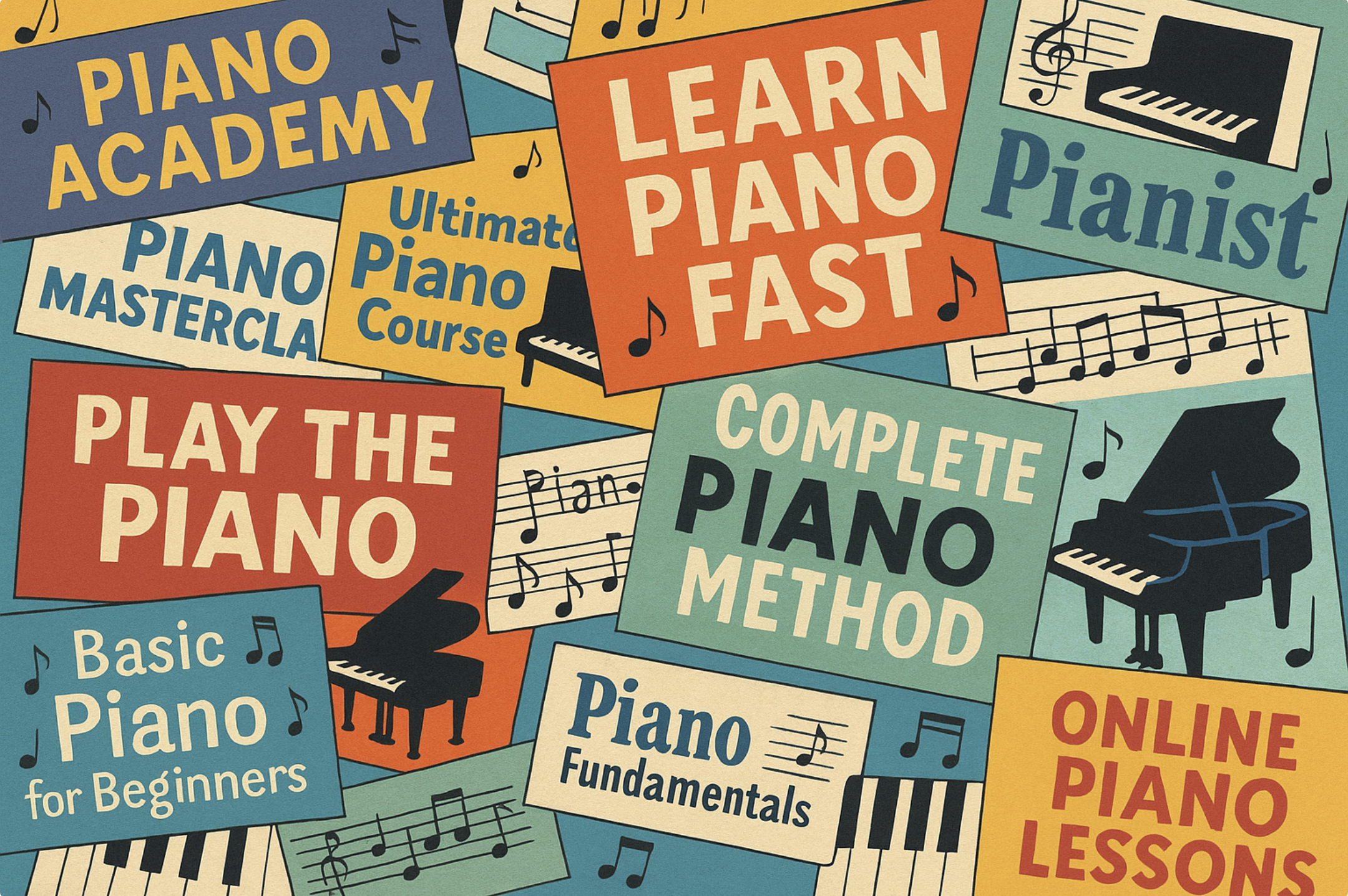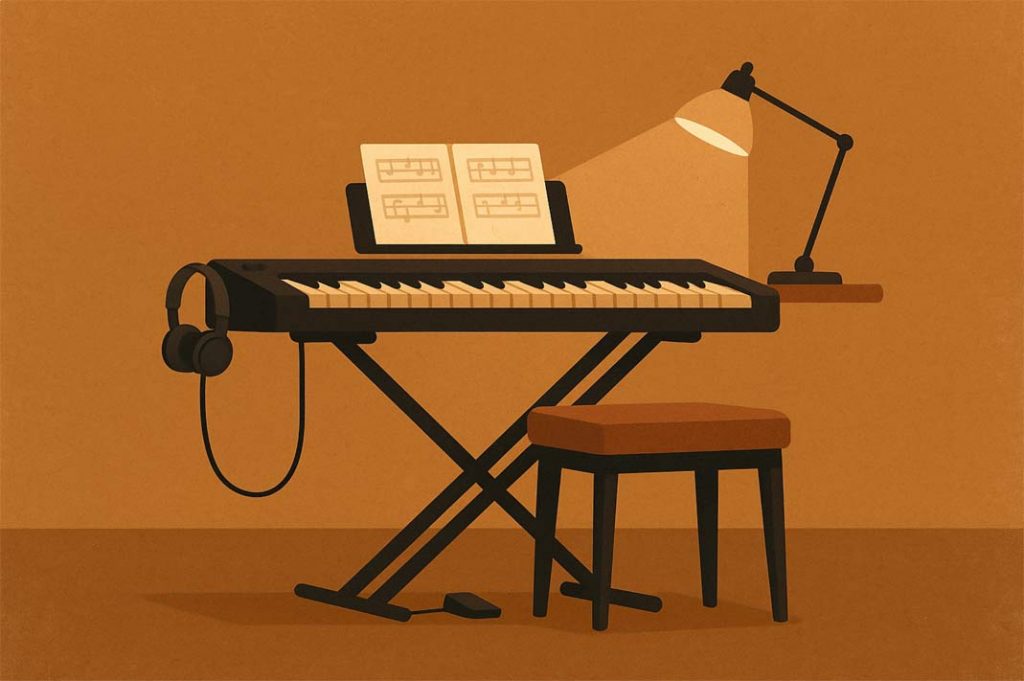 Pianoforall vs the Top 10 Piano Learning Apps (2025): Find Your Best Fit
Pianoforall vs the Top 10 Piano Learning Apps (2025): Find Your Best Fit
How to use this guide
A comparison of Pianoforall Academy with ten popular piano-learning apps and sites. It’s friendly, fair, and practical—no dunking on anyone. You’ll get a desktop-friendly “at-a-glance” table, then deeper matchups to help you choose the best fit for how you like to learn.
Quick note on prices: most apps run frequent sales and regional pricing. Always check in-app for current deals.
At-a-glance comparison
| App / Site | Best for | Pricing snapshot (USD) | Trial | Platforms | Notable strengths |
|---|---|---|---|---|---|
| Pianoforall Academy | Adult beginners who want to play real music fast, by ear first. Popular and Classical options. Thriving community. | Course-based pricing; one-time payment per course – lifetime access | Free Test Drive | Any device. Online course player, videos, + PDFs and offline ebooks option |
Chord-&-rhythm method; repertoire-first; downloadable ebooks; lifetime access to purchased courses |
| Simply Piano (JoyTunes) | Families & kids; straightforward step-by-step | Subscription (monthly/annual; individual & family) | Free trial | iOS, Android | Kid-friendly, slick onboarding, graded paths |
| flowkey | Beginners to intermediates who like split-screen video + sheet | Subscription (monthly, 6-month, annual; individual/family tiers) | Free trial / limited free | Web, iOS, Android | Strong repertoire library; Wait Mode; clean UI |
| Yousician (Piano) | Gamified progress across multiple instruments | Premium / Premium+ subscriptions | Free trial | iOS, Android, desktop | Game-like levels; daily goals; multi-instrument |
| Skoove | Beginners who want AI feedback and 1:1 support | Monthly, 3-month, annual | 7-day trial | Web, iOS, Android | Clear fundamentals; human support available |
| Playground Sessions | Structured bootcamps + big pop song library | Monthly, annual, lifetime | 7-day trial | iOS, Android, Mac, Windows | Graded courses; strong catalog; progress tracking |
| Pianote (Musora) | Guided path + access to real teachers/community | Monthly or annual membership | Free trial on annual; | Web, mobile | Live lessons; community challenges; supportive vibe |
| Hoffman Academy | Young beginners with a parent/teacher helper | Free basic; Premium monthly/annual | Free tier | Web, mobile | Excellent pedagogy for kids; printable materials |
| Piano Marvel | Sight‑reading & graded curriculum lovers | Free tier; Premium monthly/annual | Free tier | Mac/Windows + iPad (via browser/app) | Huge exercise library; measurable progress (SASR) |
| Piano in 21 Days | Time-boxed chord-first bootcamp for adult beginners | Package tiers; one-time or payment plan (check current offer) | Guarantee window (see site) | Web (any device) | 21-day structure; quick wins; accountability; optional coaching |
| tonebase Piano | Intermediate–advanced classical learners | Membership; optional Premium+ coaching add‑on | 14‑day trial | Web, mobile | Masterclasses from world‑class artists; deep repertoire |













